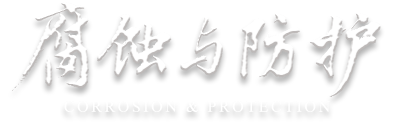Abstract:
In situ analysis was conducted on the corrosion status of six iron cultural relics unearthed in Hubei Province using a super depth microscopy, metallographic microscopy, scanning electron microscopy energy spectrometer, and micro Raman spectrometer, in order to further study the different corrosion forms of iron cultural relics. The results show that the corrosion forms of iron artifacts could be divided into two categories. (1) The original form of general cast iron objects was clear and distinguishable, and the rust layer had organized "scar like" remnants, and the corrosion products were iron oxides and C. (2) The original form of general wrought iron was destroyed by the rust layer, and there were no organized “traces” in the rust layer. The rust products included α-FeOOH, Fe
3O
4, α-Fe
2O
3, β-FeOOH, etc. The presence of a large amount of carbides and graphite in cast iron was an important reason for the residual “trace like” structure in the rust layer and the preservation of the original shape of the object. Type I rust generally retains the original morphological characteristics of the object, and if it is harmless rust, it is preserved. Type II rust often damages the original surface of the object, making it difficult to distinguish the decorative pattern, harmless rust also should be removed appropriately.

 下载:
下载: